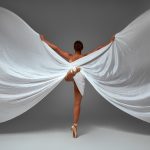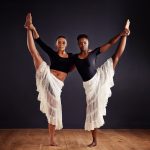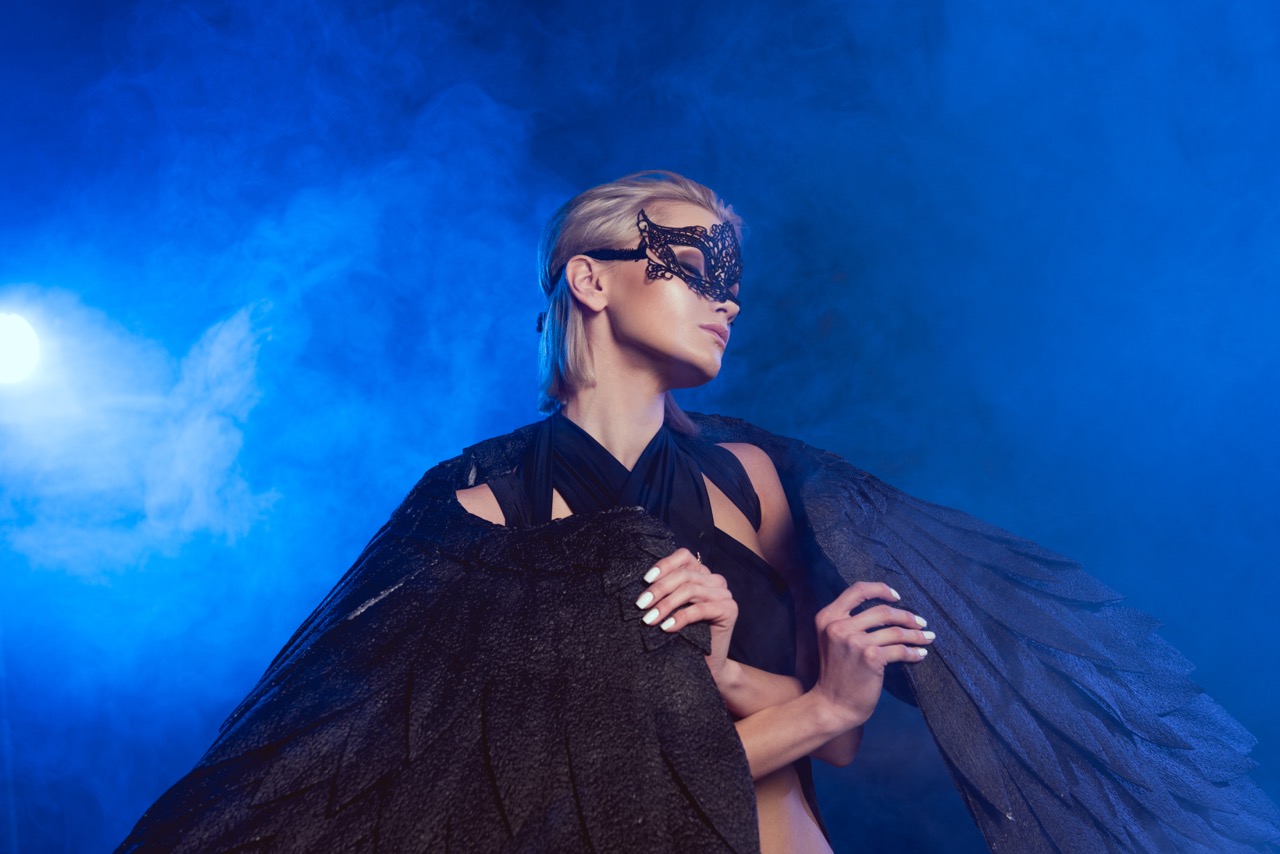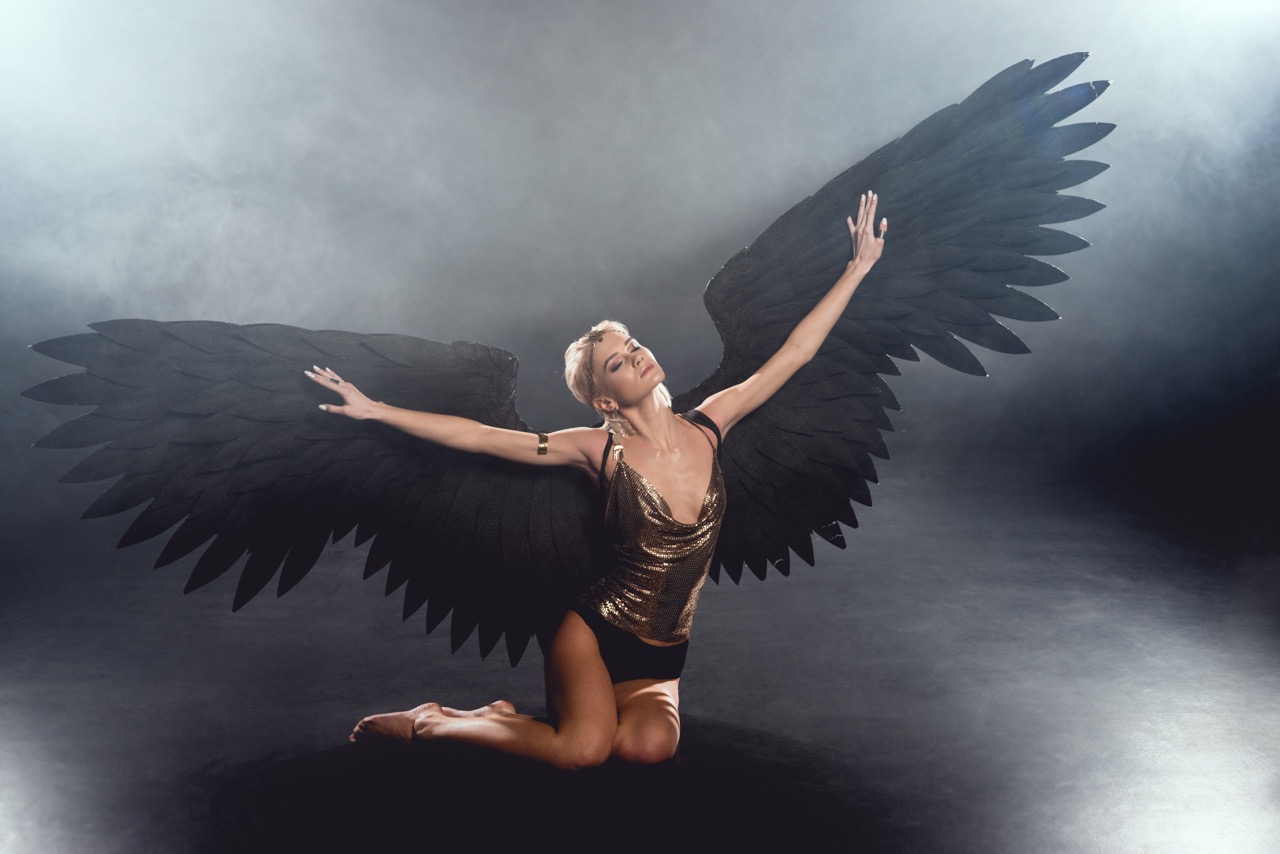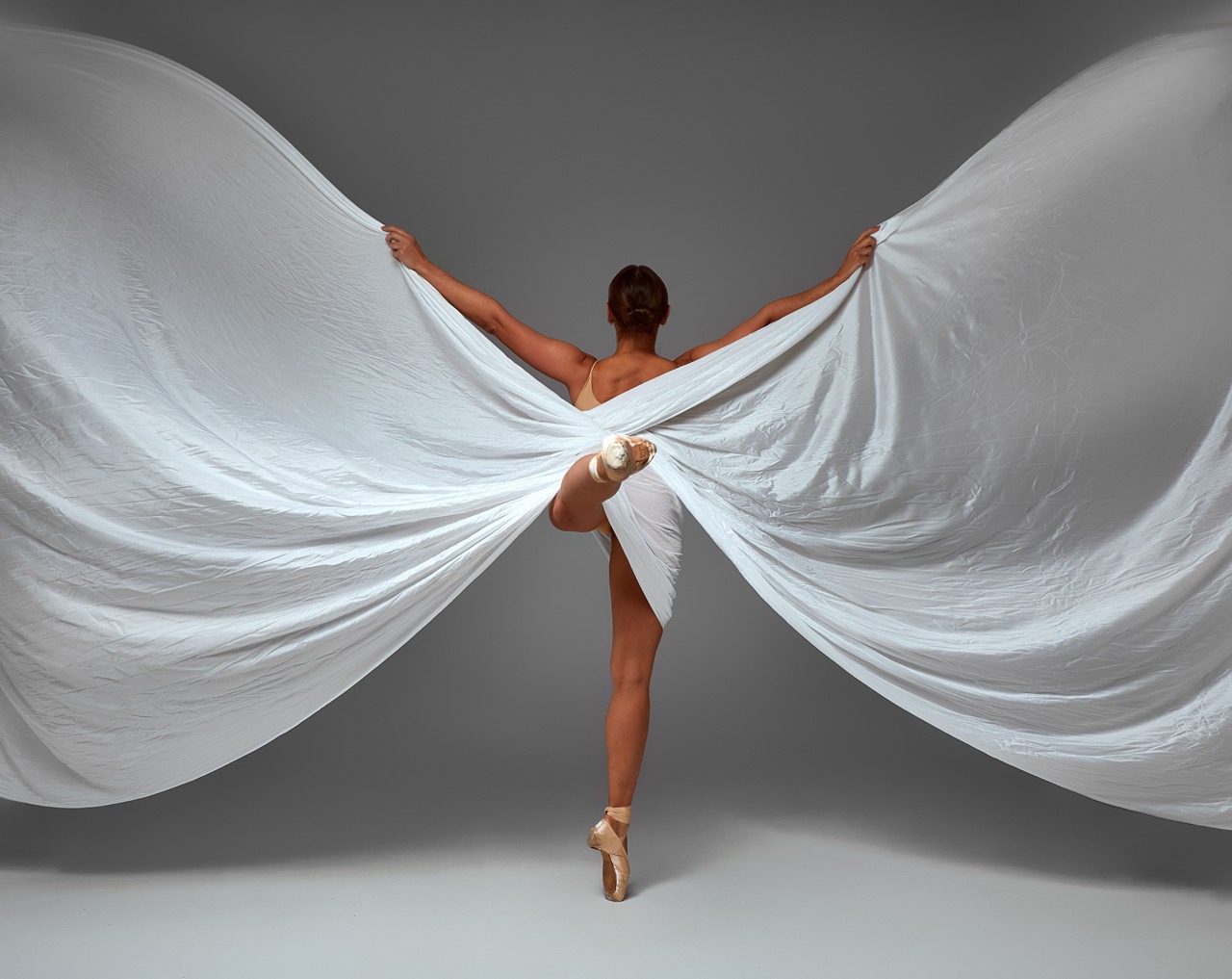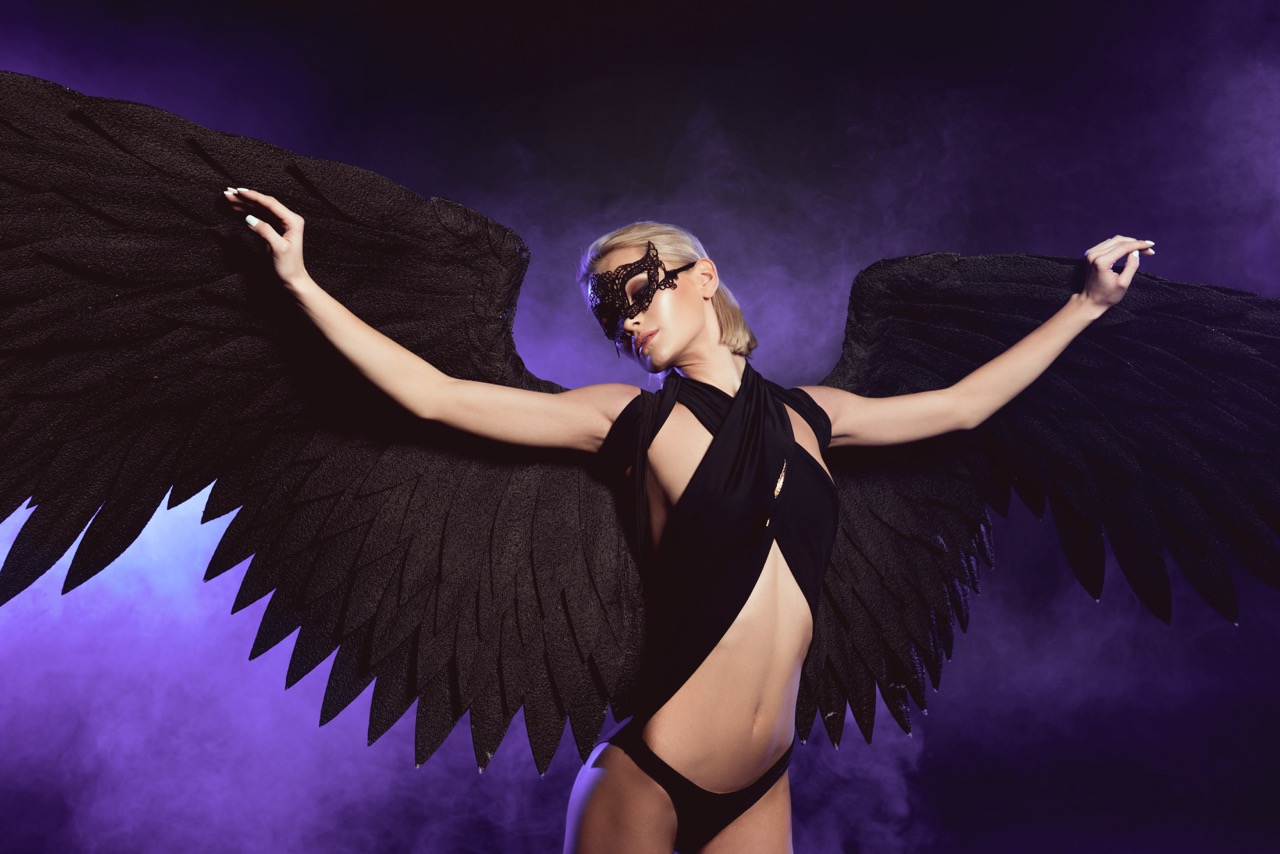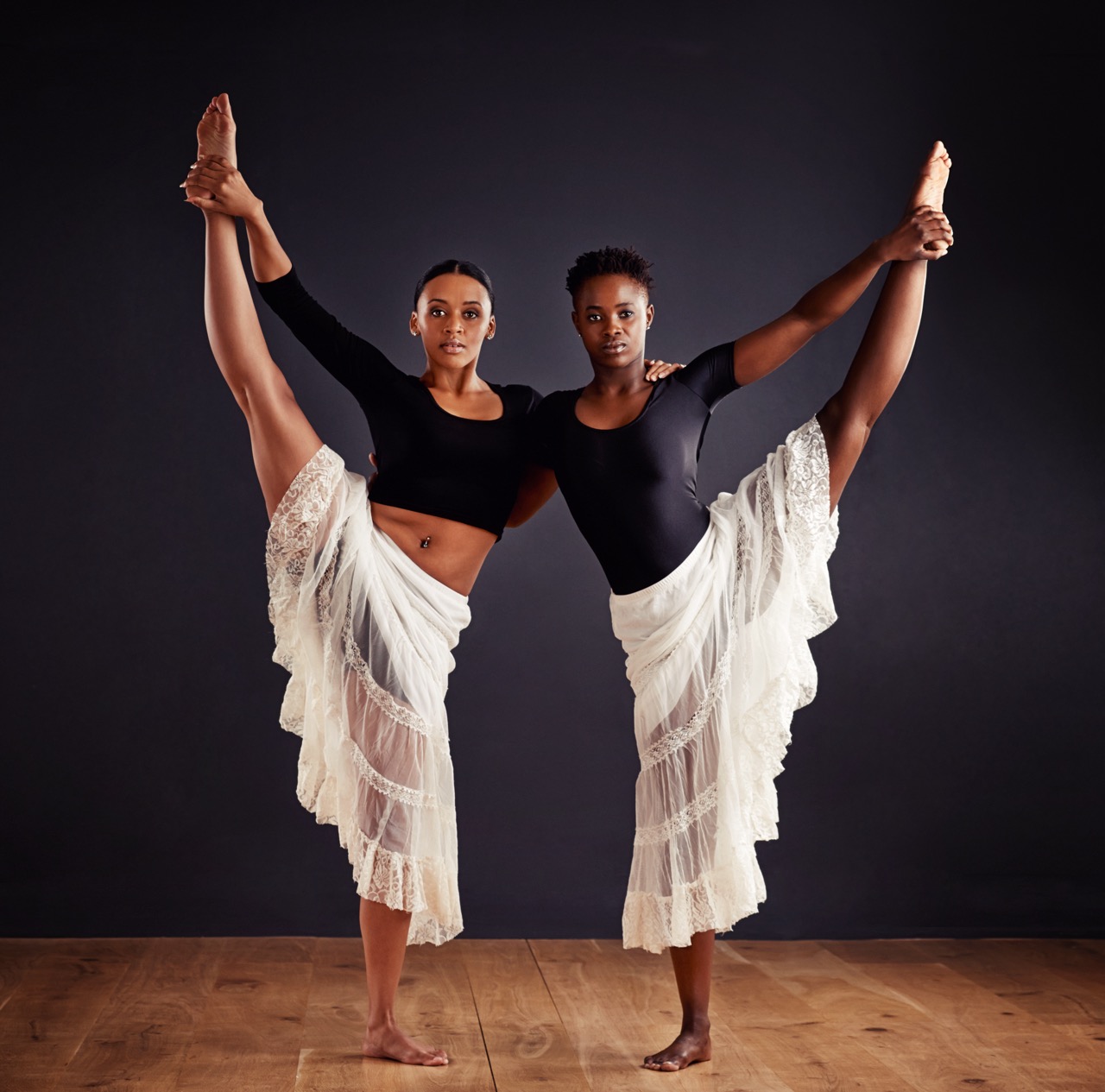In the vibrant world of modern dance, costumes play a crucial role in bringing performances to life. Among the most captivating elements of these costumes are wings, which have transcended their mythological origins to become a staple in contemporary choreography. This article explores the evolution of dance costumes, the intricate design of wings, their integration into choreography, and the broader impact they have on performances.
The Evolution of Dance Costumes: Wings Take Flight
The history of dance costumes is a tapestry woven with cultural influences and artistic expression. From the elaborate tutus of classical ballet to the minimalist ensembles of contemporary dance, costumes have evolved to reflect the changing aesthetics of performance art. Wings, once reserved for costumes associated with angels or mythical beings, have progressively made their way into a variety of dance styles, from contemporary to street dance. This evolution signifies an openness to innovation, allowing dancers to experiment with form and storytelling in ways that captivate audiences.
As dance continues to break boundaries, so too do the materials and techniques used in costume design. Designers are increasingly using lightweight fabrics and innovative construction methods to create wings that are not only visually stunning but also practical for the rigors of performance. This shift has allowed wings to move beyond the realm of fantasy, merging seamlessly with the dancer’s movements and enhancing the overall aesthetic of the performance. The incorporation of wings into modern dance costumes represents a fusion of tradition and innovation, bridging the gap between past and present.
The diverse interpretations of wings in modern dance costumes reflect the myriad themes that choreographers wish to explore. Whether symbolizing freedom, transformation, or the duality of nature, wings can convey powerful narratives that resonate with audiences on multiple levels. As dance continues to evolve, so too will the role of wings, inspiring designers to push creative boundaries and redefine the possibilities of movement and expression.
Fabric Meets Fantasy: Designing Wings for Movement
Creating wings for modern dance costumes requires a marriage of design and functionality. The choice of fabric is paramount; lightweight materials such as organza, tulle, and specialized mesh allow for fluid movement while maintaining an ethereal quality. Designers often experiment with various textures and colors, ensuring that the wings can enhance the dancer’s physicality and the overall mood of the performance. By utilizing materials that catch the light and flow gracefully, wings can transform a simple dance into a mesmerizing spectacle.
The construction of wings also plays a critical role in achieving the desired effect. Artisans may incorporate bending structures, such as wire frames or flexible plastic, that allow for an array of shapes and positions. This versatility is essential for choreographers who wish to manipulate the wings in conjunction with the dancer’s movements, creating a visual dialogue between the performer and their costume. Designers must anticipate the dynamic movements of contemporary dance, ensuring that the wings remain secure and functional while still appearing weightless.
Moreover, the incorporation of technology into costume design has opened new avenues for wing creation. LED lights, for example, can be integrated into the fabric, allowing for stunning visual effects that change throughout a performance. This blending of traditional craftsmanship with modern technology not only enhances the aesthetic appeal of the wings but also allows choreographers to explore themes of light and shadow, further enriching the storytelling aspect of the dance.
The Art of Integration: Wings in Choreography
Integrating wings into choreography is an art form in itself, requiring a deep understanding of how movement and costume interact. Choreographers must consider the weight, size, and shape of the wings, ensuring that they complement rather than hinder the dancer’s expression. The deliberate choreography of wing movements can create striking visual images, enhancing the narrative and emotional depth of the performance. Each flap or flutter can symbolize a range of emotions, from liberation to longing, inviting audiences to engage with the story on a more profound level.
Wings also provide unique opportunities for spatial exploration. They can extend the dancer’s presence on stage, drawing the eye and creating dynamic shapes within the performance space. Choreographers often play with different formations and group dynamics, using wings to create captivating tableaux that highlight the strength and grace of the dancers. This interplay between wings and choreography fosters a dialogue that emphasizes the physicality of the performers, allowing them to express complex themes through both movement and costume.
Moreover, the integration of wings requires collaboration between choreographers, costume designers, and dancers. This collective effort leads to a cohesive vision that enhances the overall impact of the performance. By involving dancers in the design process, choreographers can gain insight into how the wings will affect movement, allowing for adjustments that will elevate the final production. This synergy between design and choreography ensures that the wings do not merely serve as decoration but become an integral part of the storytelling experience.
Beyond the Stage: Impact of Wings on Dance Performance
The impact of wings in dance performance extends beyond the visual realm; they evoke emotional responses and create immersive experiences for the audience. The sheer spectacle of dancers adorned with wings often leaves spectators in awe, drawing them into the narrative and enhancing their emotional engagement. This visual drama can amplify the themes presented in the choreography, allowing audiences to experience the performance on a deeper level. The symbolism of wings—representing freedom, transformation, and transcendence—resonates powerfully, leaving a lasting impression long after the curtain falls.
Additionally, wings can also challenge conventional ideas about the physical capabilities of dancers. The juxtaposition of elegance and strength in winged movements showcases the artistry and athleticism of performers, pushing the boundaries of what is possible in dance. Audiences may come to appreciate the unique challenges that dancers face while embodying the duality of their costumes, fostering a greater understanding of the discipline and creativity involved in modern dance.
Furthermore, the incorporation of wings in contemporary dance can inspire future generations of artists. Young dancers and choreographers might find themselves drawn to the possibilities that wings offer, leading to new styles and interpretations within the art form. The ongoing dialogue between costume design and choreography encourages innovation, ensuring that the legacy of wings in dance costumes will continue to evolve and inspire.
In summary, wings have become a captivating element of modern dance costumes, showcasing the marriage of design, movement, and storytelling. Their evolution reflects the rich history of dance while paving the way for future creativity and exploration. As choreographers and designers continue to push the boundaries of what is possible, wings will undoubtedly remain a symbol of freedom and imagination, soaring high in the world of dance. The artistry of integrating wings into performances not only enhances the visual experience but also deepens the emotional connection between dancers and their audiences, ensuring that this enchanting element will continue to take flight.

